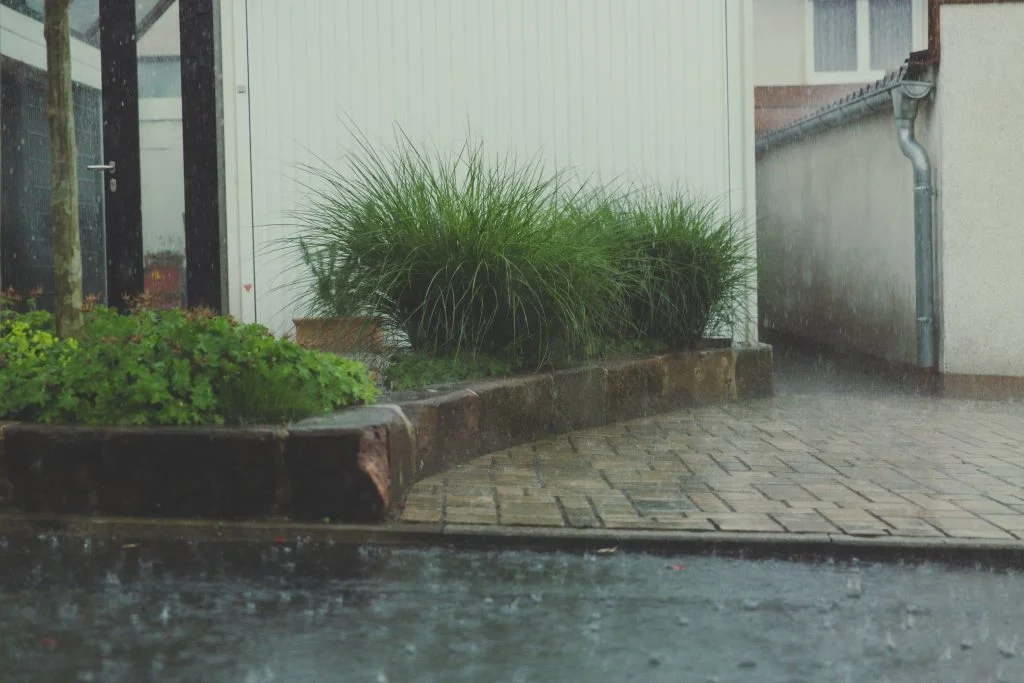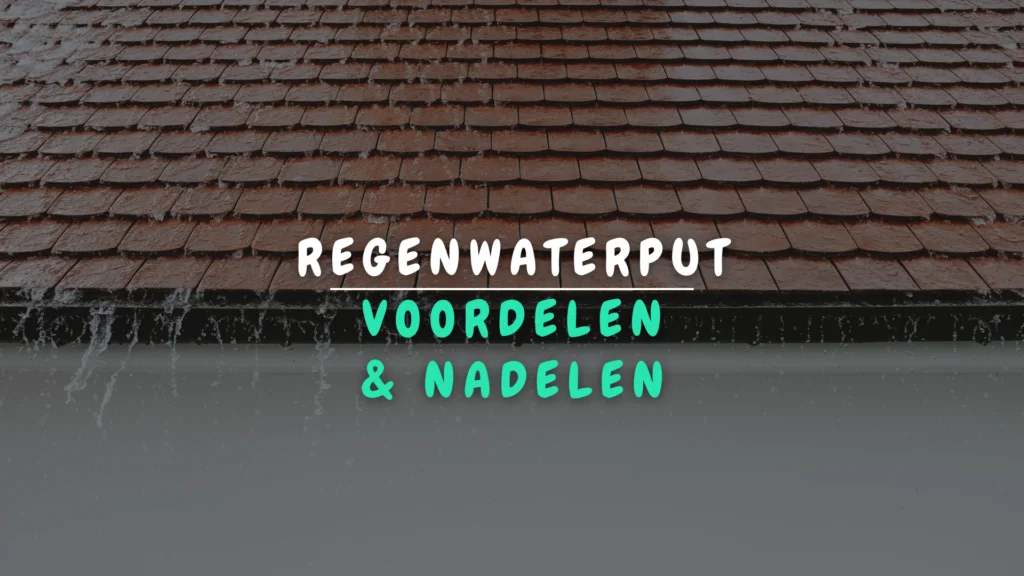Water is something precious that we often take for granted. Drinkable water is becoming increasingly expensive, so it is essential that we become more conscious of our water consumption. In this article, we will discuss the advantages and disadvantages of a cistern so that you can make an informed decision before installing one.
Benefits of a cistern
Installing a cistern offers many benefits, including water conservation, environmental friendliness, cost savings and independence from municipal water supplies.
- Water Conservation: The biggest advantage is the big savings on tap water. You can use rainwater for watering your garden, flushing the toilet, washing your car and even washing clothes. As a result, you don’t waste precious drinking water for tasks that don’t necessarily require clean water.
- Environmentally friendly: By using rainwater to water your garden, you reduce pressure on drinking water sources. In addition, installing a cistern can reduce flooding. With longer dry periods and heavy rainfall, flooding is more common. Installing a cistern captures some of this rainwater, reducing the burden on the sewer system.
- Cost savings: Although the initial cost of installation varies, you will recoup the cost in the long run through savings on your water bill.
- Independence: With a cistern, you are also less dependent on the municipality’s water supply. This can be especially useful in times of drought or when water restrictions are in place.
- Less wear and tear on household appliances: Rainwater contains less lime than tap water, making household appliances such as your washing machine less likely to wear out.
You can visit the Flemish government’s Premiezoeker website to see if you are entitled to a subsidy for the installation of a cistern.

Disadvantages of a cistern
Before installing a well, it is important to also consider its drawbacks, such as high cost, space requirements and maintenance
- High cost: Installing a cistern is expensive. You will not only have to buy a water tank, but also dig a well and have the whole system installed. The cost, of course, depends on the size of the well and the complexity of the system.
- Space needed: Rainwater tanks take up a lot of space, both above ground and underground. To install a plastic cistern, it is also important to have a garden with suitable soil for digging. An alternative is to install a cistern indoors, but these are sometimes aesthetically unattractive.
- Maintenance: Rainwater wells require regular maintenance to stay clean and function properly. This includes cleaning the system to prevent sediment buildup and inspecting the pump and filters. Annual maintenance is definitely recommended.
Operation of cistern
The operation of a cistern is quite simple and can be divided into several steps:
- Rainwater harvesting: The rainwater, through your home’s stormwater drain, is collected in an above-ground or underground waterproof tank.
- Filtration: The water first passes through a filtration system that removes solids such as leaves and other impurities.
- Rainwater storage: The rainwater enters n the cistern after filtration. This well can vary in size depending on the needs of the household or application.
- Overflow and drain: Options are also provided to divert excess water from the cistern to the sewer system when it is full. Systems are also provided when the well is empty to switch to tap water indoors.
- Pumping and distribution system: By means of a pump, the stored rainwater will be drained through a second circuit to the toilet or washing machine. Filters and pressure regulators can additionally be used to optimize water quality and pressure for the specific applications.

So using a cistern offers several benefits, including reducing dependence on costly piped water, reducing the burden on the sewer system and reducing the risk of flooding by disposing of rainwater. It is an environmentally friendly way to utilize rainwater and can help conserve water supplies, especially in dry or water-scarce areas.






